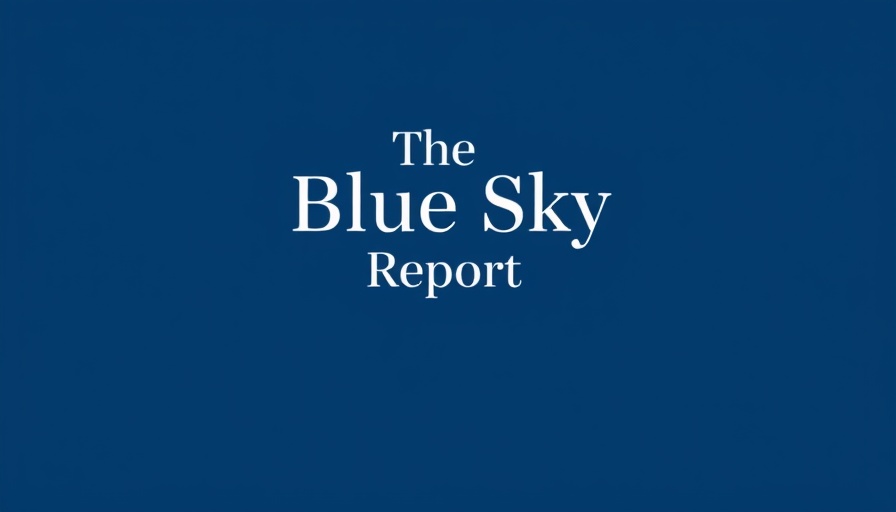
Understanding the Impact of Tariffs on Dealership M&A
The recent slowdown in dealership mergers and acquisitions (M&A) due to tariffs reveals the intricate web of factors affecting the auto retail market. Despite the uncertainty caused by President Trump’s tariffs, the Kerrigan Advisors’ Blue Sky Report indicates a market still poised for growth. In Q1 2025, buy/sell activity in dealerships dropped by 14% year-over-year, marking a notable shift. The number of transactions fell from 109 in Q1 2024 to just 94 this year. Multi-dealership transactions saw a particular decrease, with only 20 occurring—the lowest since 2015. This shift towards single-point transactions, now making up 79% of sales, suggests that while the market may be cautious, dealerships are still being bought and sold, albeit differently.
A Resilient Market: Where Do Dealerships Stand?
Despite the slowdown, many indicators point to a fundamentally strong dealership market. According to Erin Kerrigan, founder and managing director of Kerrigan Advisors, dealership earnings have increased, marking the first quarterly earnings uptick since 2022. This increase in profits, which rose from $960,000 in Q1 2024 to $1.03 million in Q1 2025, can be linked to stabilized gross profit margins per vehicle along with a rise in new vehicle sales and the growth of parts and service operations.
Factors Fuelling Future Growth in Dealership Transactions
There's a growing optimism that M&A transactions will accelerate as 2025 progresses. With record liquidity among buyers and an influx of single-store sellers, the market is set to rebound. The South stands out as a high-growth region, where demand significantly exceeds supply, further propelling dealership values and indicating where the next wave of transaction activity may emerge.
Understanding Tariff Effects: Who Bears the Cost?
Dealership owners and general managers tasked with navigating these economic tides may wonder who will ultimately bear the costs of the tariffs. Initial reports suggest that OEMs (Original Equipment Manufacturers) may absorb these costs, preserving dealership operations. Since OEM gross margins are considerably higher than those of dealers, many experts believe that the potential burden of tariffs will not significantly harm dealership profits. Instead, this dynamic may create conditions for increased earnings much like those experienced during the pandemic when supply was constrained.
Looking Ahead: Predictions for 2025
The outlook for the auto dealership market in 2025 is bright, being characterized by few factors dampening growth. As transactions increase alongside the rising average earnings from public dealerships and a strong demand for inventory, dealership owners should lean into this optimism. Additionally, the potential for tariffs to stabilize without a severe impact on operational costs may create an environment ripe for successful transactions moving forward.
In conclusion, dealership owners and general managers need to remain vigilant, leveraging the confidence in their market position while planning for M&A opportunities that may arise as conditions stabilize. A robust dealership landscape is emerging, offering substantial opportunities for those prepared to act.
 Add Row
Add Row  Add
Add 




Write A Comment